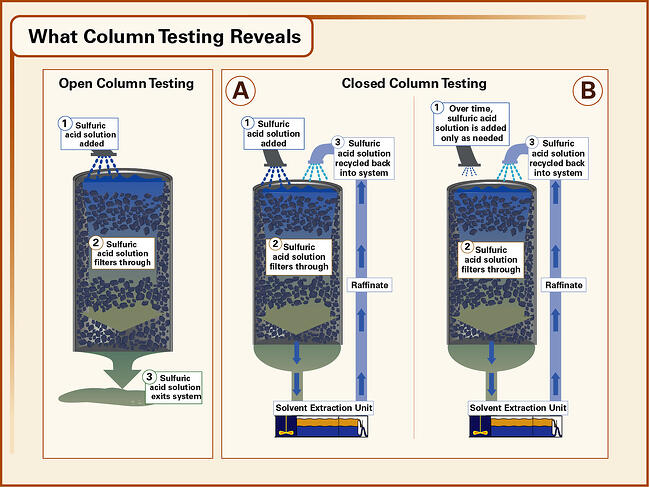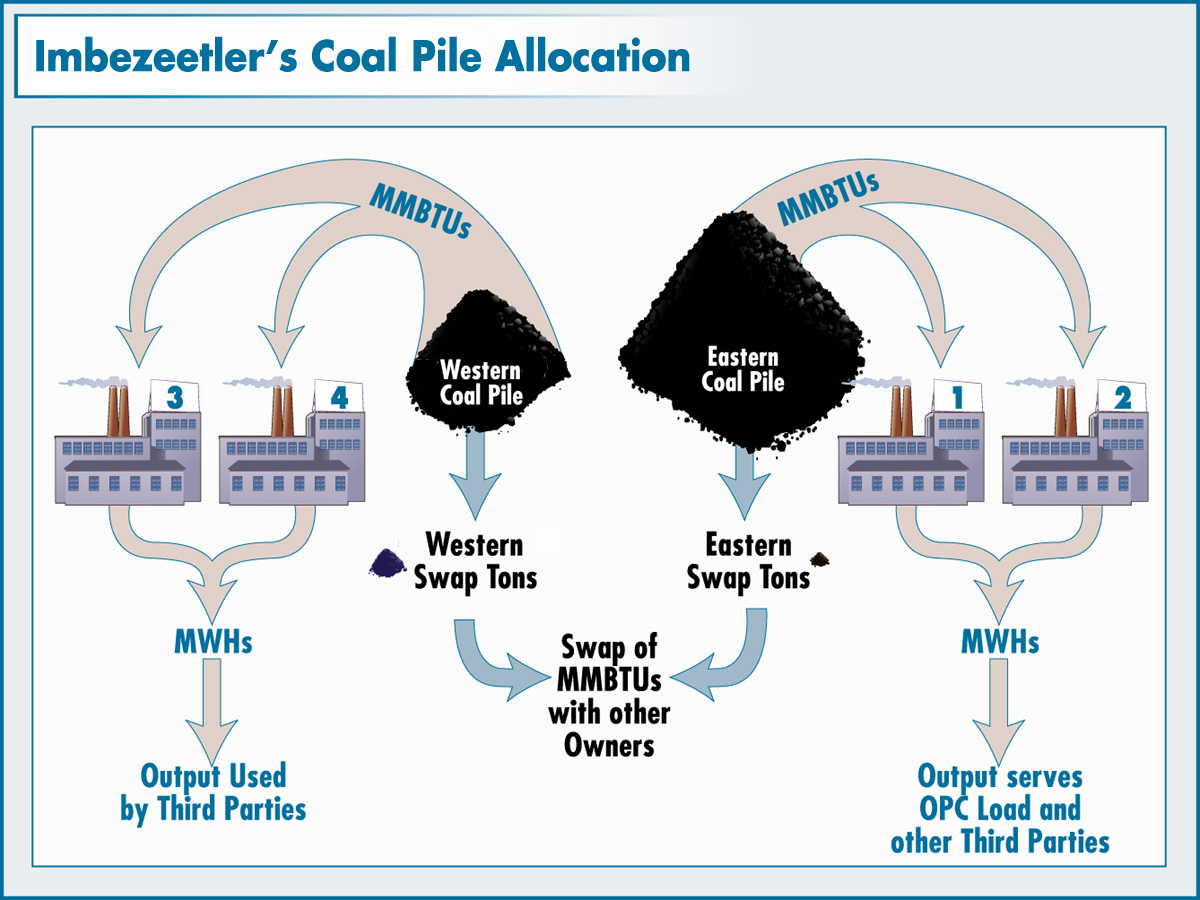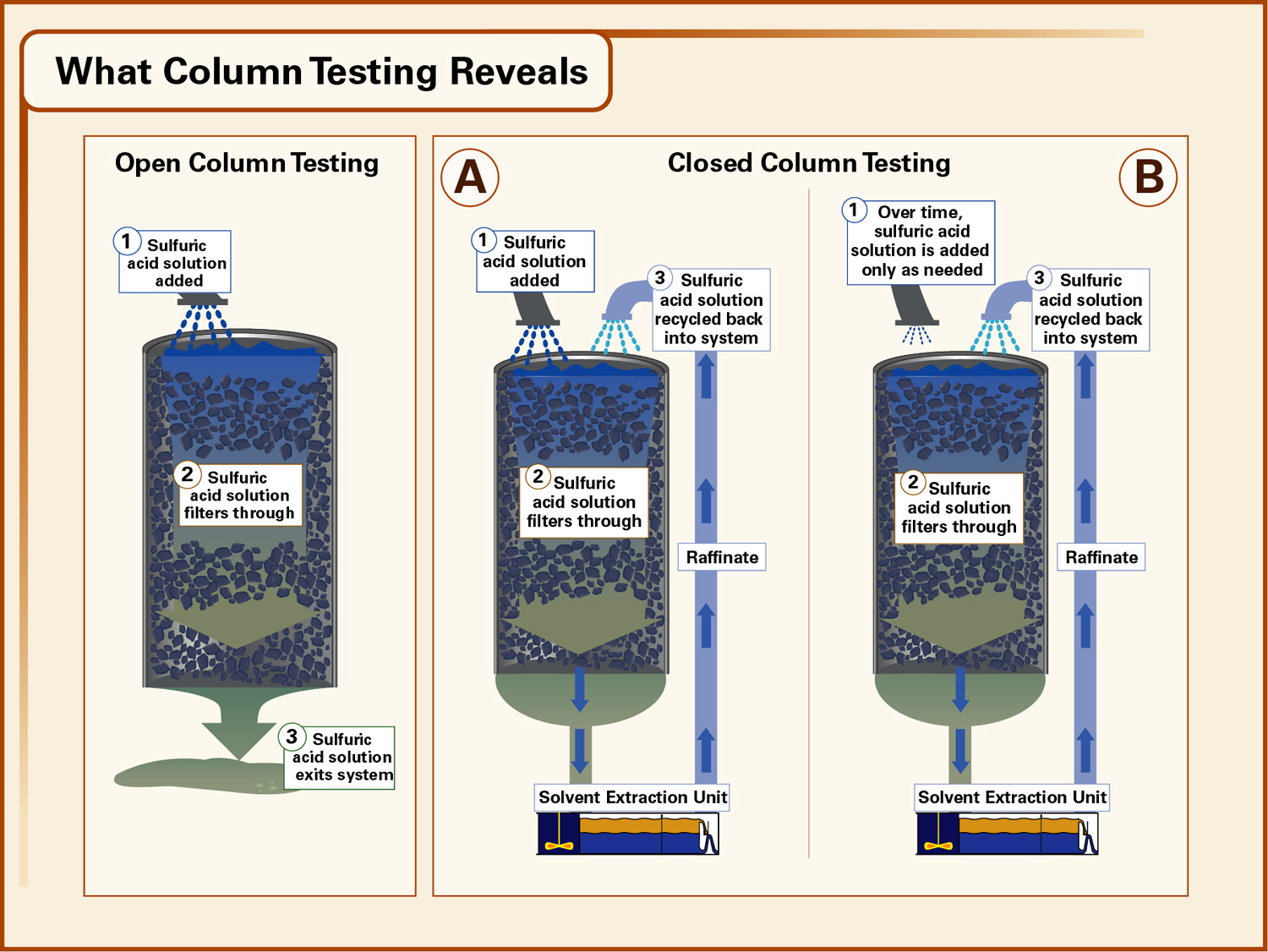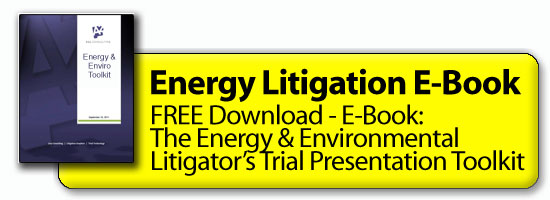Because of the continuing high value to society of minerals that are mined from the earth, mining litigation, when it occurs, often involves very high stakes. This is all the more true in our high-tech era, in which a wide variety of minerals have found new, very valuable uses in cutting-edge scientific and industrial applications.
For example, one little-known “rare earth” metallic element, dysprosium, is now used in laser materials, commercial lighting, control rods in nuclear reactors, hard disks, drive motors for hybrid electric vehicles, and high-precision fuel injectors. The vast majority of jurors have never heard of this element, whose continued availability is crucial to the nation’s economic well-being.
When A2L is involved in mining litigation, the case can involve a dispute over mining technology, a conflict over the value of a mined material, a dispute about how valuable minerals from the mining operation will be distributed according to a contract, or an environmental dispute usually involving mine waste such as wastewater or tailings.
Often these cases are tried in courtrooms where the jury pool is very far removed from the concepts of mining and needs to be educated about those basic concepts.
For example, tailings are the materials left over in a mine after the process of separating the valuable fraction of the ore from the uneconomic fraction. To a population of a mining town, their characteristics are well known; an urban jury, however, will require considerable education about how tailings are produced and what their environmental risks may be.
A 2002 report, Stewardship of Tailings Facilities[pdf], concluded that “tailings storage facilities typically represent the most significant environmental liability associated with mining operations. They have been in the news frequently in recent years for unfortunate reasons, as a result of a series of well-publicized failures subjected to rapid and widespread reporting in the media. These recent failures, together with previous ones, have put the mining industry under increasing pressure and scrutiny in regard to its environmental practices in general and the safety of tailings impoundments in particular. “ The industry is often placed in a position where it needs to respond to that scrutiny.
Courtroom graphics are important to give juries a balanced view of the issues surrounding mining operations – issues that jurors know little about and that are subject to manipulation by interest groups that see only one side of the issue.
A simple 2D animation, below, is used to show how the copper mining process works. This type of animation is easy and inexpensive to produce and is convincing to a jury.
Another animation, below, shows the way in which a company prepares a copper deposit for the process of open-pit mining.
The straightforward schematic diagram, below, illustrates different techniques that mining companies can use for the treatment of mine waste water.

Another straightforward diagram, below, shows the way in which the coal that is produced by a mine is allocated among the owners of the mine.

As with any topic outside the normal experience of the average judge or juror, care must be taken to explain enough for the fact-finder to allow them to make the right decision. Courtroom graphics, including static charts, electronic exhibits and animations, make it possible to communicate a lot of complex information quickly. In an era of increasingly efficient trials, the courtroom graphics are used, the more time can be saved.
Related materials on A2L Consulting's site:
- Fracking (Hydraulic Fracturing) animation & litigation graphics
- FREE DOWNLOAD: Energy & Environmental Litigator's Toolkit
- Climate change litigation - lobbying graphics
- Nuclear Power Plant Litigation - Courtroom Graphics
- Courtroom Graphics in Coal Power Plant Litigation







Leave a Comment